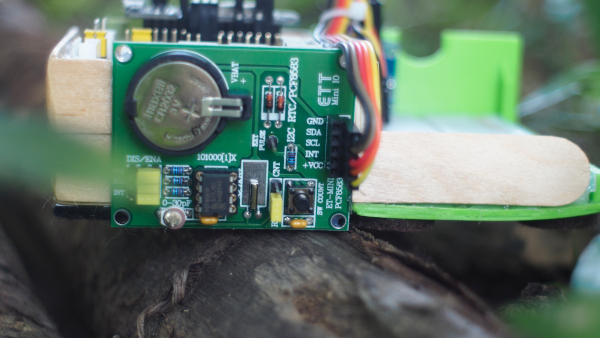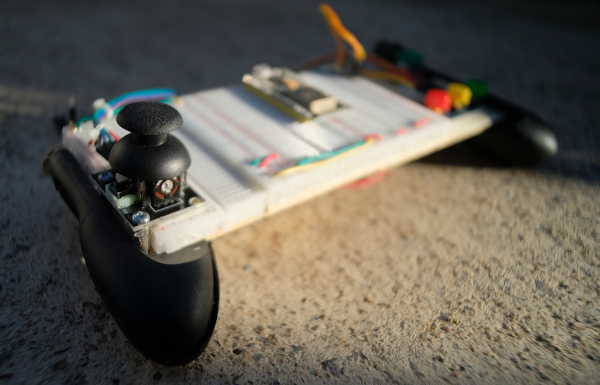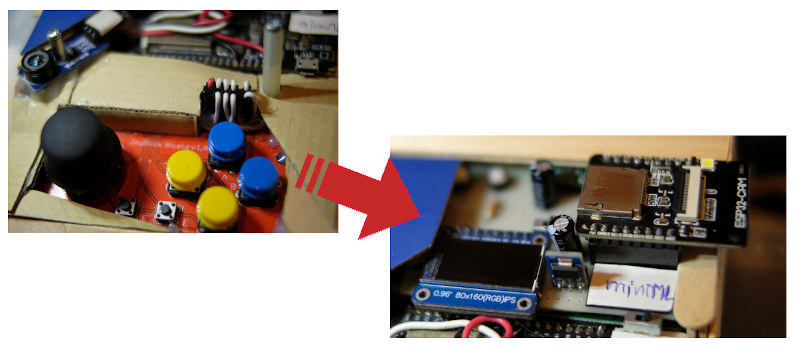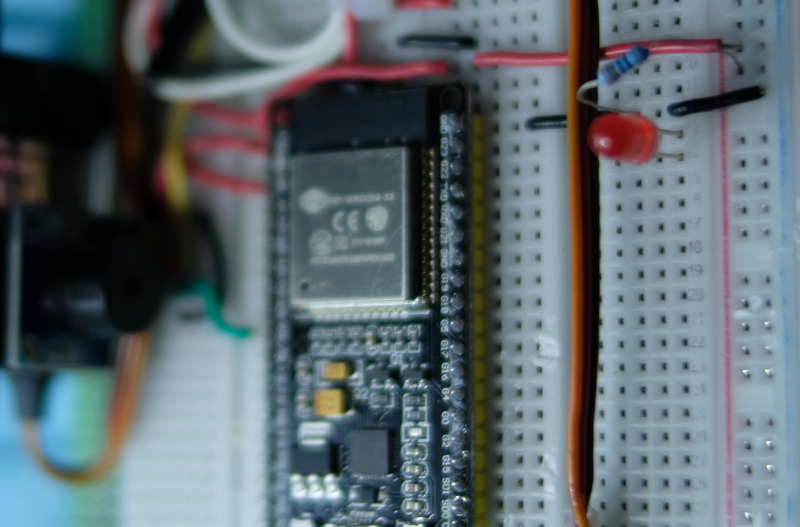[EN] ESP32 machine.Timer
This article discusses the use of 4 timers of the ESP32 to be used to run the program when it meets the specified time. Difference Between Using Timer and Delay time.sleep()/time.sleep_ms()/time.sleep_us() is that time delay is a loop to allow the processor to spend time looping to complete the specified amount of time whereas the timer uses the principle of having a function run every time a specified time is reached, so while a timer does not call a function to execute the processor has idle time for other processing, and unlike interrupts, it is a timer interrupt instead of a pin state interrupt connected to an external circuit.









